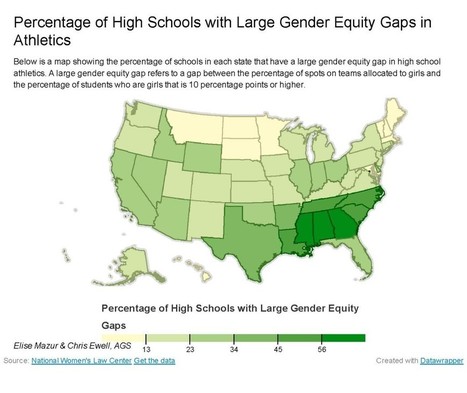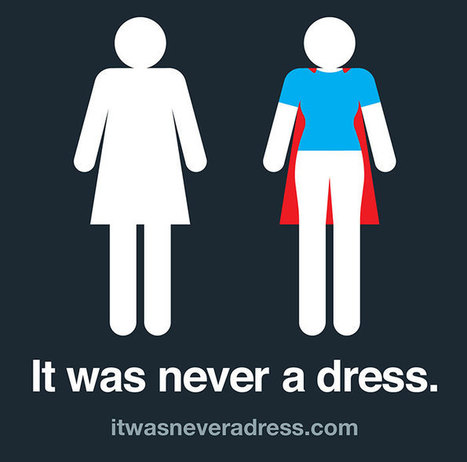"Yesterday the United States Women’s Soccer Team defeated Japan 5-2 in the FIFA Women’s World Cup Final in Vancouver, claiming their third world title. The event was watched by soccer fans around the country, and was called a “ratings knockout” but couldn't come close to those drawn by men’s soccer in Brazil last summer...while some states have made great strides in reducing this gender gap, others still have great inequity that needs to be addressed to effectively celebrate and give potential American female athletes the opportunities they deserve to succeed."
Tags: sport, gender, popular culture, mapping, regions, the South, culture.
Via diane gusa, Rob Duke



 Your new post is loading...
Your new post is loading...










Sports are an example of how women are not viewed as equal to men. And in certain ways women are definitely not the same in this area. Men do have more natural upper body strength and do create larger amounts of points and point gaps between that of women and men. However, that does not make it right for women to get less funding than men, or for women to have to work harder to achieve the same goals as men.
An important issue of our time is the gap between women and men not only in pay and workplace equality but sports and athletics also. With such a huge presence of many strong, dominate female sporting teams, the question needs to be asked, what more can we do to give these women the recognition and respect of which they deserve?